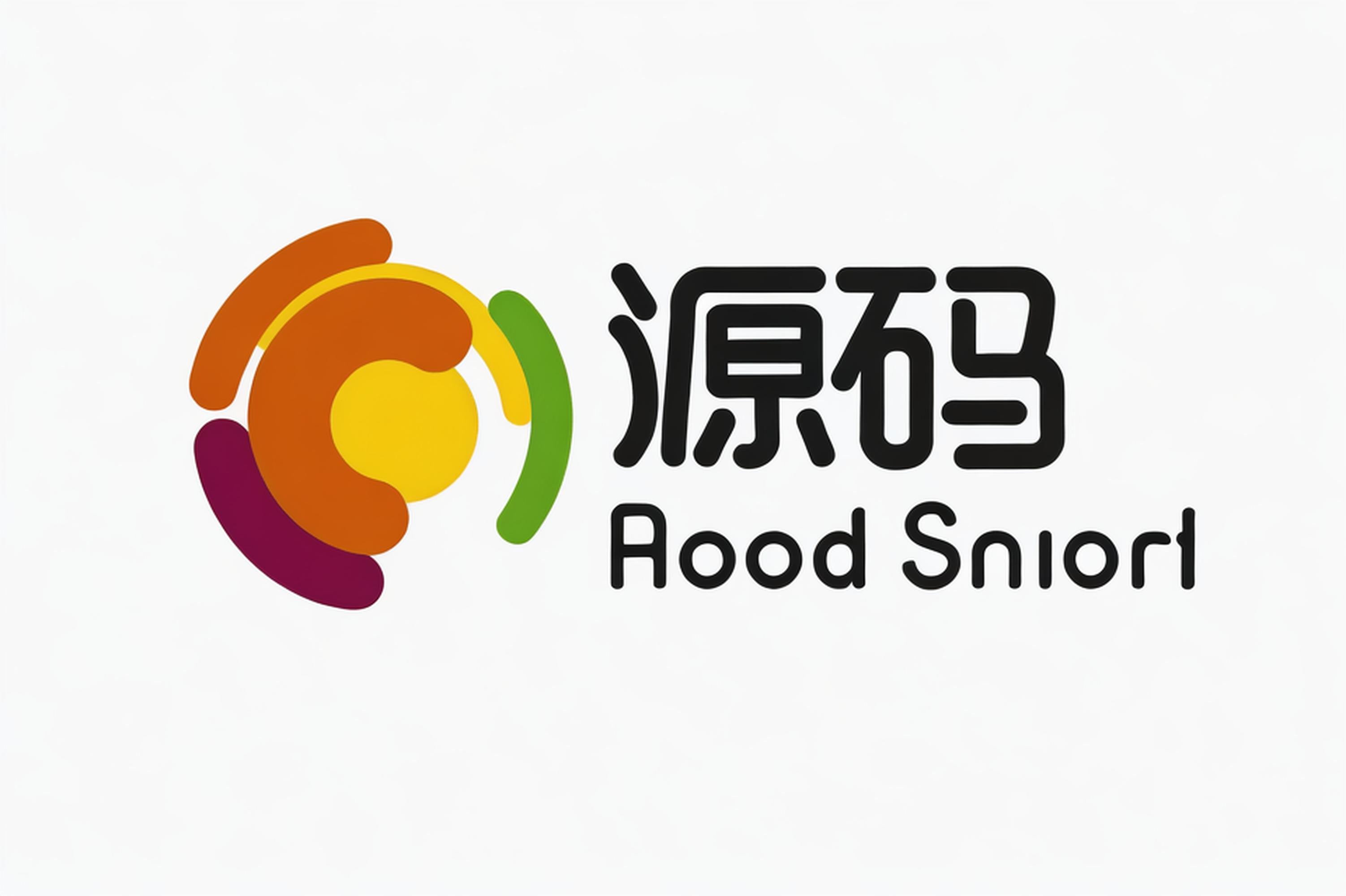继续上一篇文章
1、根据缓存集合,查询集合下的所有key
如上图,login_tokens右侧展示的健名列表,一个token值对应一个用户登录。
前端获取API数据代码
/** 查询缓存键名列表 */getCacheKeys(row) {
const cacheName = row !== undefined ? row.cacheName : this.nowCacheName;
if (cacheName === "") {
return;
}
this.subLoading = true;
listCacheKey(cacheName).then(response => {
this.cacheKeys = response.data;
this.subLoading = false;
this.nowCacheName = cacheName;
});
},业务处理逻辑:
1、判断cacheName是否被选择,首先需要选择一个集合,如果是没有选中,该值为null,则不继续执行。
2、界面显示加载中,因网络通讯有延迟,所以需要提示用加载中,执行代码this.subLoading
3、listCacheKey调用API接口获取数据
4、将数据赋值给cacheKeys,代码是:this.cacheKeys = response.data;
<el-table v-loading="subLoading" :data="cacheKeys" :height="tableHeight" highlight-current-row @row-click="handleCacheValue" style="width: 100%"> <el-table-column label="序号" width="60" type="index" ></el-table-column> <el-table-column label="缓存键名" align="center" :show-overflow-tooltip="true" :formatter="keyFormatter" > </el-table-column> <el-table-column label="操作" width="60" align="center" class-name="small-padding fixed-width" > <template slot-scope="scope"> <el-button size="mini" type="text" icon="el-icon-delete" @click="handleClearCacheKey(scope.row)" ></el-button> </template> </el-table-column> </el-table>
列表显示如上代码。其中el-table的数据变量是cacheKeys,这个数据来源是从接口listCacheKey获取。对应上述的赋值代码this.cacheKeys = response.data;
2、后台接口代码
java代码路径
@PreAuthorize("@ss.hasPermi('monitor:cache:list')")
@GetMapping("/getKeys/{cacheName}")
public AjaxResult getCacheKeys(@PathVariable String cacheName)
{
Set<String> cacheKeys = redisTemplate.keys(cacheName + "*");
return AjaxResult.success(cacheKeys);
}实现业务逻辑:使用redisTemplate.keys获取集合列表。
3、获取某一个key的值
前端请求代码
/** 查询缓存内容详细 */
handleCacheValue(cacheKey) {
getCacheValue(this.nowCacheName, cacheKey).then(response => {
this.cacheForm = response.data;
});
},4、后端接口代码
@PreAuthorize("@ss.hasPermi('monitor:cache:list')")
@GetMapping("/getValue/{cacheName}/{cacheKey}")
public AjaxResult getCacheValue(@PathVariable String cacheName, @PathVariable String cacheKey)
{
String cacheValue = redisTemplate.opsForValue().get(cacheKey);
SysCache sysCache = new SysCache(cacheName, cacheKey, cacheValue);
return AjaxResult.success(sysCache);
}其中前端将两个参数拼接成为url,java后端通过拆解url获取对应的集合和key,详细参见上述代码的{cacheName} 和{cacheKey}
4.1 下面对@PathVariable进行详细解说
@PathVariable 映射 URL 绑定的占位符
通过 @PathVariable 可以将 URL 中占位符参数绑定到控制器处理方法的入参中:URL 中的 {xxx} 占位符可以通过
@PathVariable(“xxx”) 绑定到操作方法的入参中。
一般与@RequestMapping(method = RequestMethod.GET)一起使用
@RequestMapping("/getUserById/{name}")
public User getUser(@PathVariable("name") String name){
return userService.selectUser(name);
}1、若方法参数名称和需要绑定的url中变量名称一致时,可以简写:
@RequestMapping("/getUser/{name}")
public User getUser(@PathVariable String name){
return userService.selectUser(name);
}2、若方法参数名称和需要绑定的url中变量名称不一致时,写成:
@RequestMapping("/getUserById/{name}")
public User getUser(@PathVariable("name") String userName){
return userService.selectUser(userName);
}未来计划
1、ruoyi非分离版本拆解
2、ruoyi-vue-pro:讲解工作流
3、ruoyi-vue-pro:支付模块,电商模块
4、基于ruoyi-vue-pro项目开发
5、JEECG低代码开发平台
请关注我,本星球会持续推出更多的开源项目代码解析,如有更好的意见请留言回复或者私信。
来源:
互联网
本文观点不代表源码解析立场,不承担法律责任,文章及观点也不构成任何投资意见。

评论列表